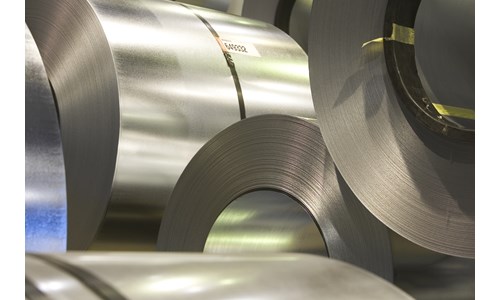EV battery recycling - can it fill the gap?
*Please note that this report only includes an Excel data file if this is indicated in "What's included" below
Report summary
Table of contents
-
Why recycling is necessary
- We're going to need more 'stuff'
- How to secure critical metals?
- Reducing the carbon footprint of EVs
-
Key barriers to lithium-ion battery recycling
- 1. Battery chemistries are changing
- 2. Cheaper batteries are less economical to recycle
- 3. Large scale facilities might not always be the best solution
- 4. Policy needs to catch up
- Recycling will have an impact, but only in the long term
Tables and charts
This report includes the following images and tables:
- Supply gap in 2040 - battery recycling hardly makes a dent
- Lithium mine supply
- Spodumene conversion capacity
- Cobalt mine supply
- Cobalt refining capacity (2017)
- EV battery chemistry forecast H1 2018
- Value of recycled metals in 30 kWh battery
- Total recycled EV battery metals value
- 1 more item(s)...
What's included
This report contains:
Other reports you may be interested in
Strait of Hormuz: assessing the risk for oil trade flows
Using waterborne data to assess oil exports at risk in the Gulf
$1,350China's battery industry embraces innovation amid struggles for recyclers
Takeaways from the China International New Energy Industry Expo 2024 event
$1,050The energy transition outlook for lithium
The outlook for the lithium market is strongly linked to energy transition and to electric vehicles in particular
$1,050














